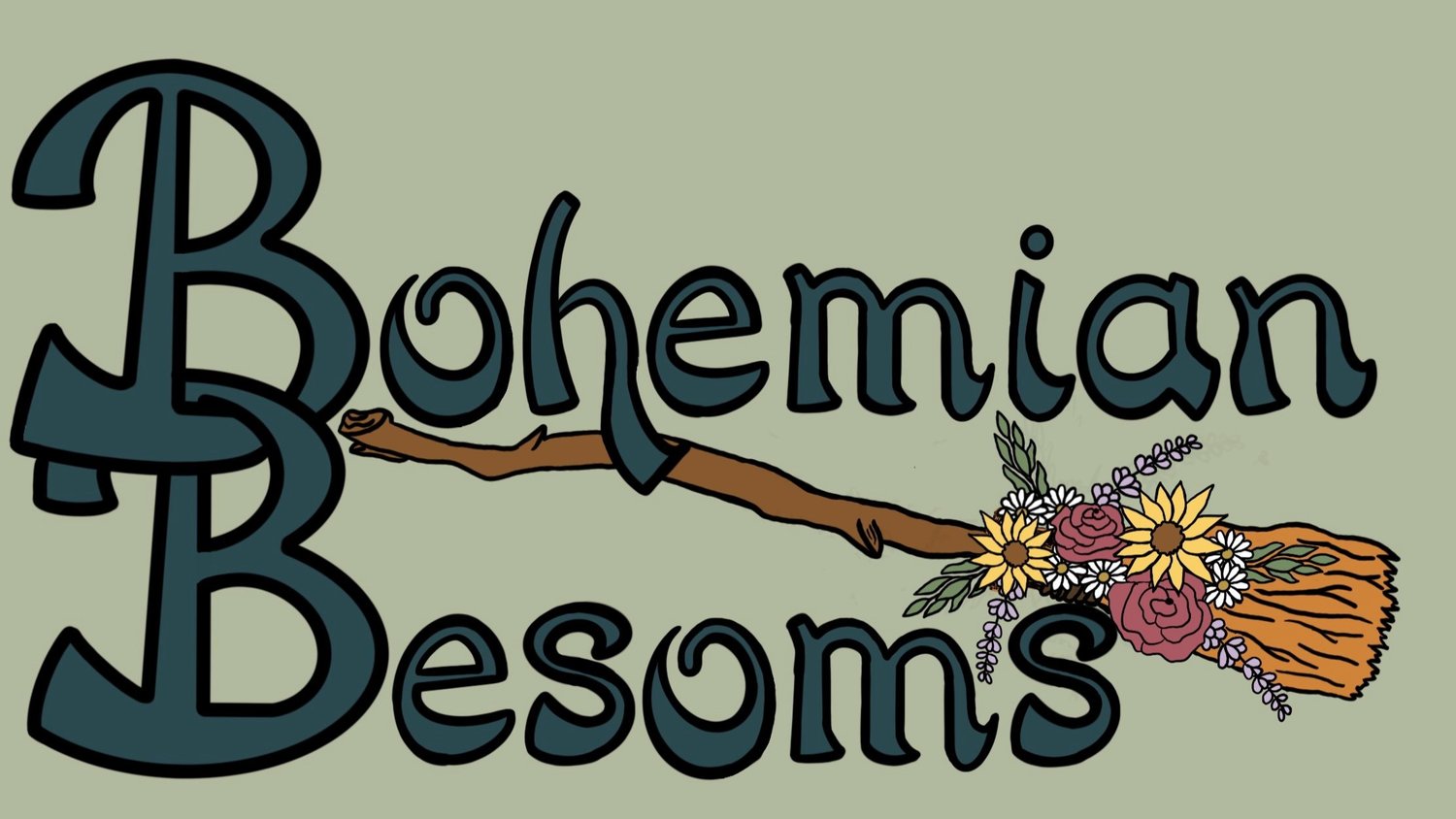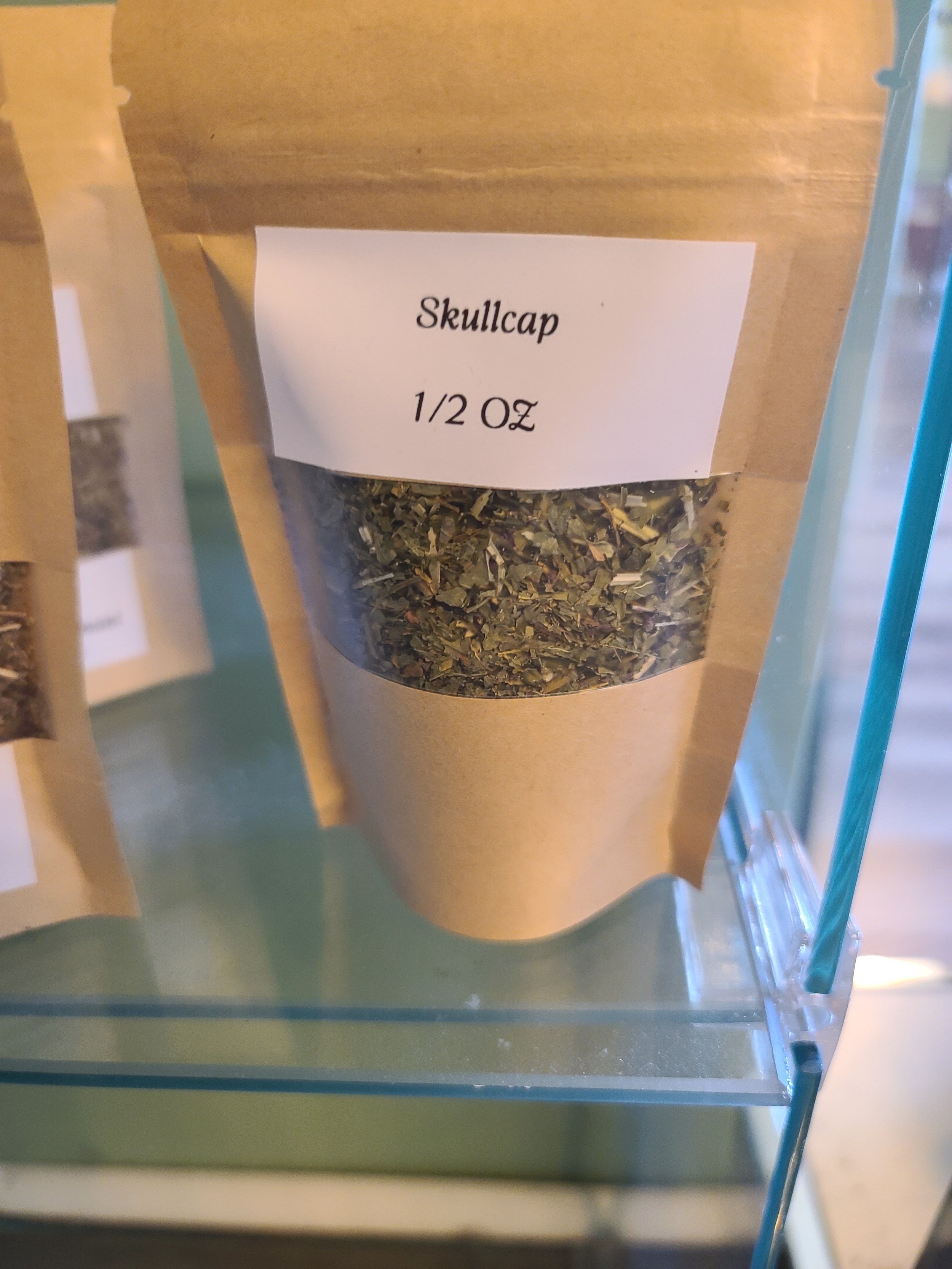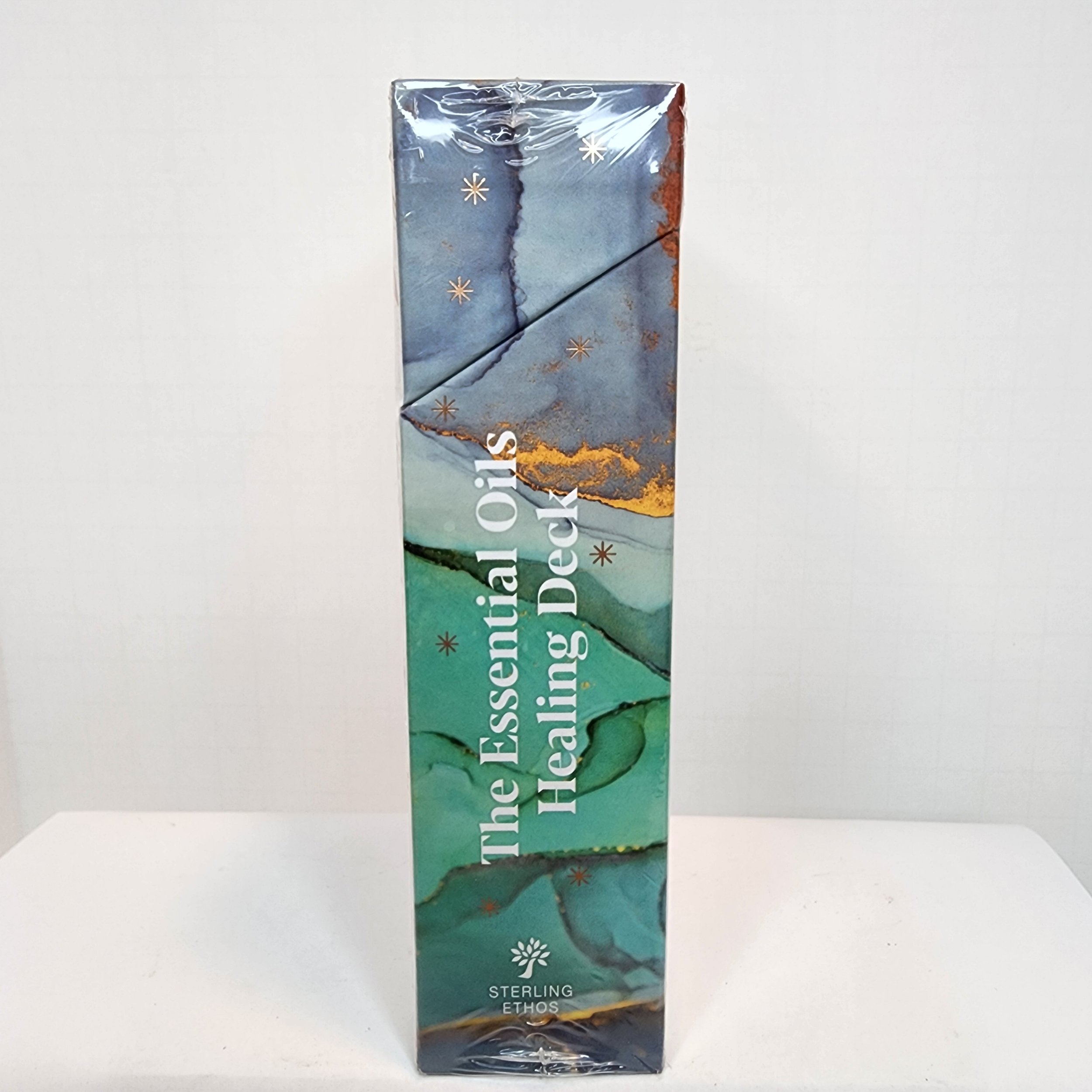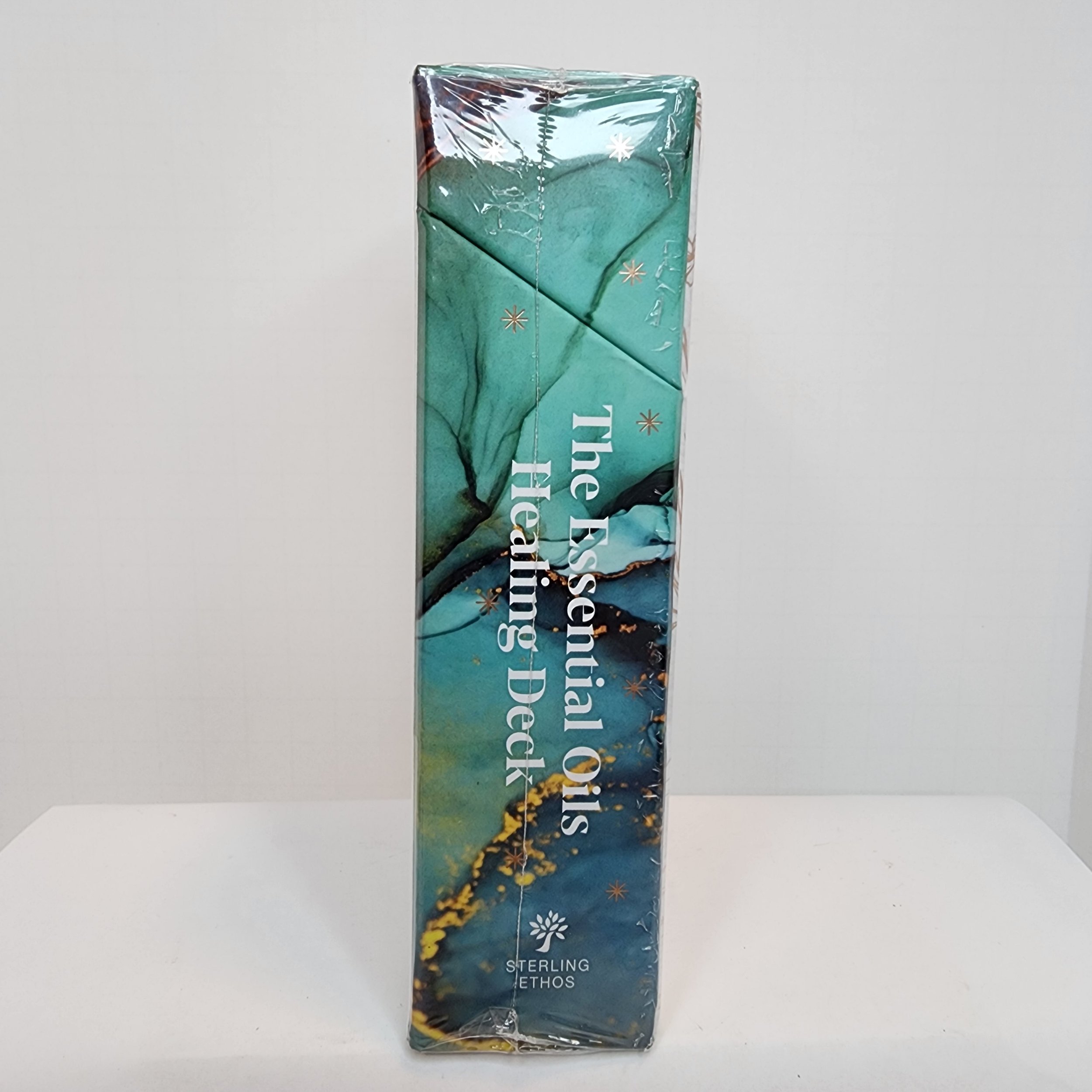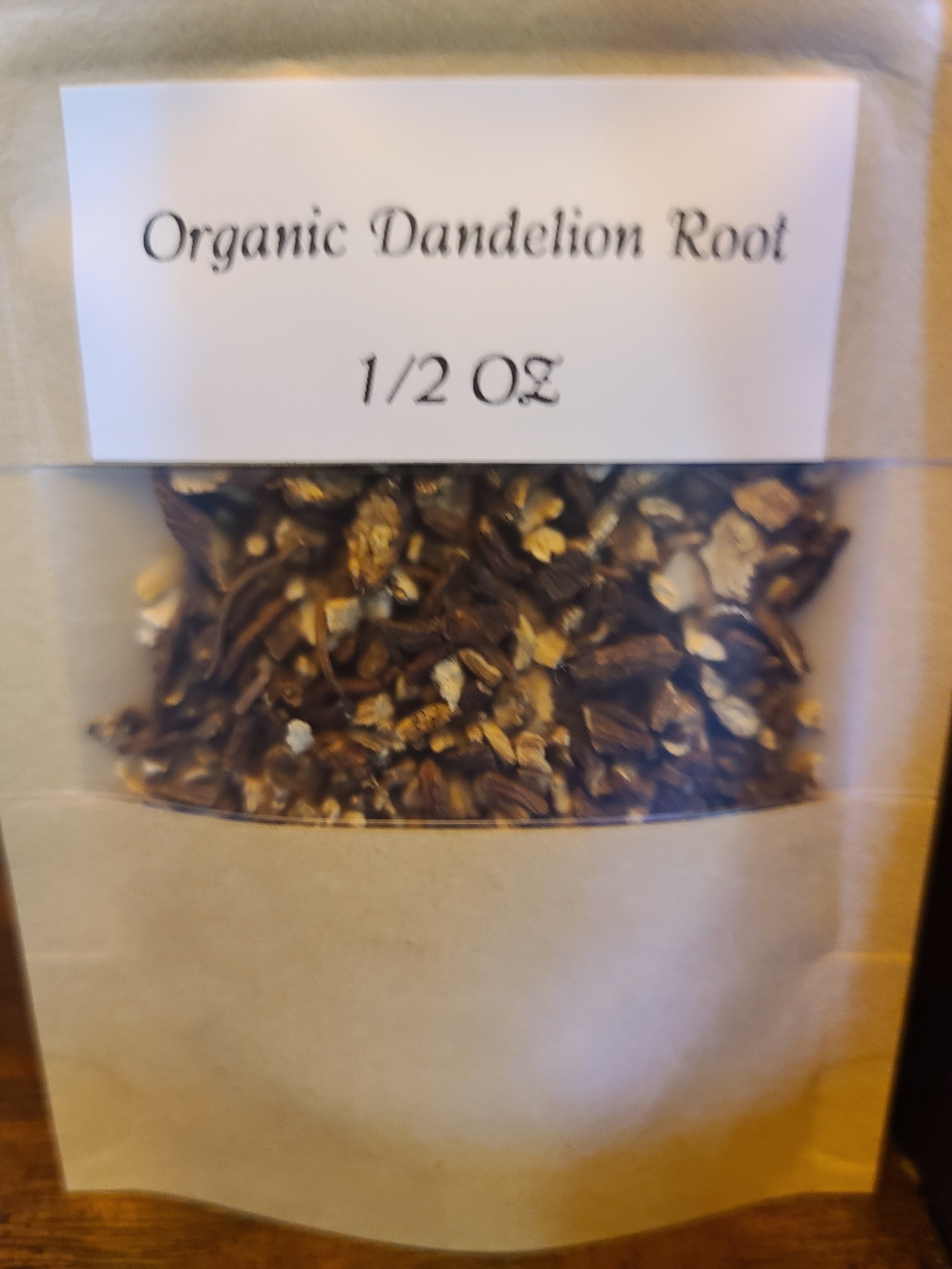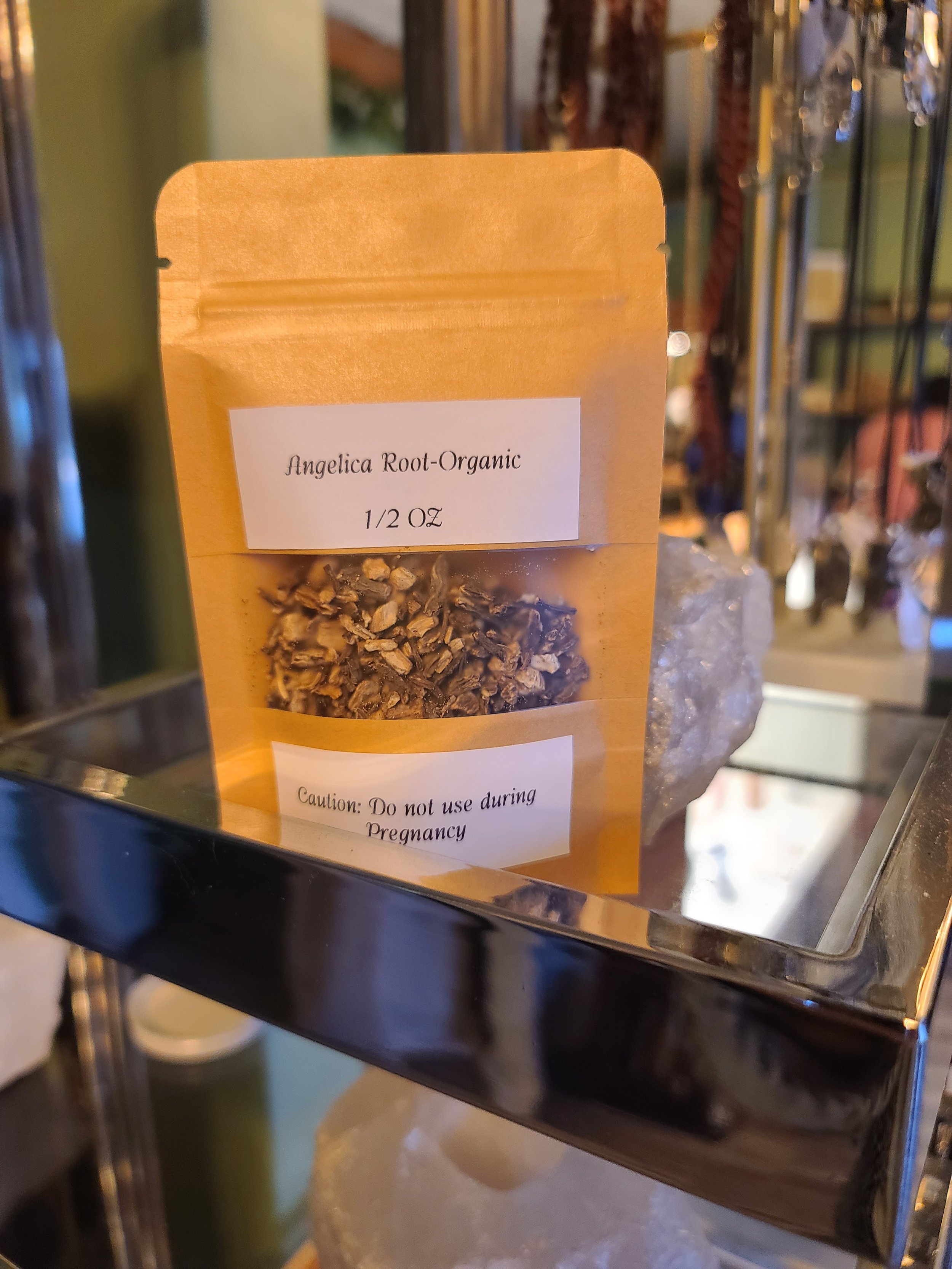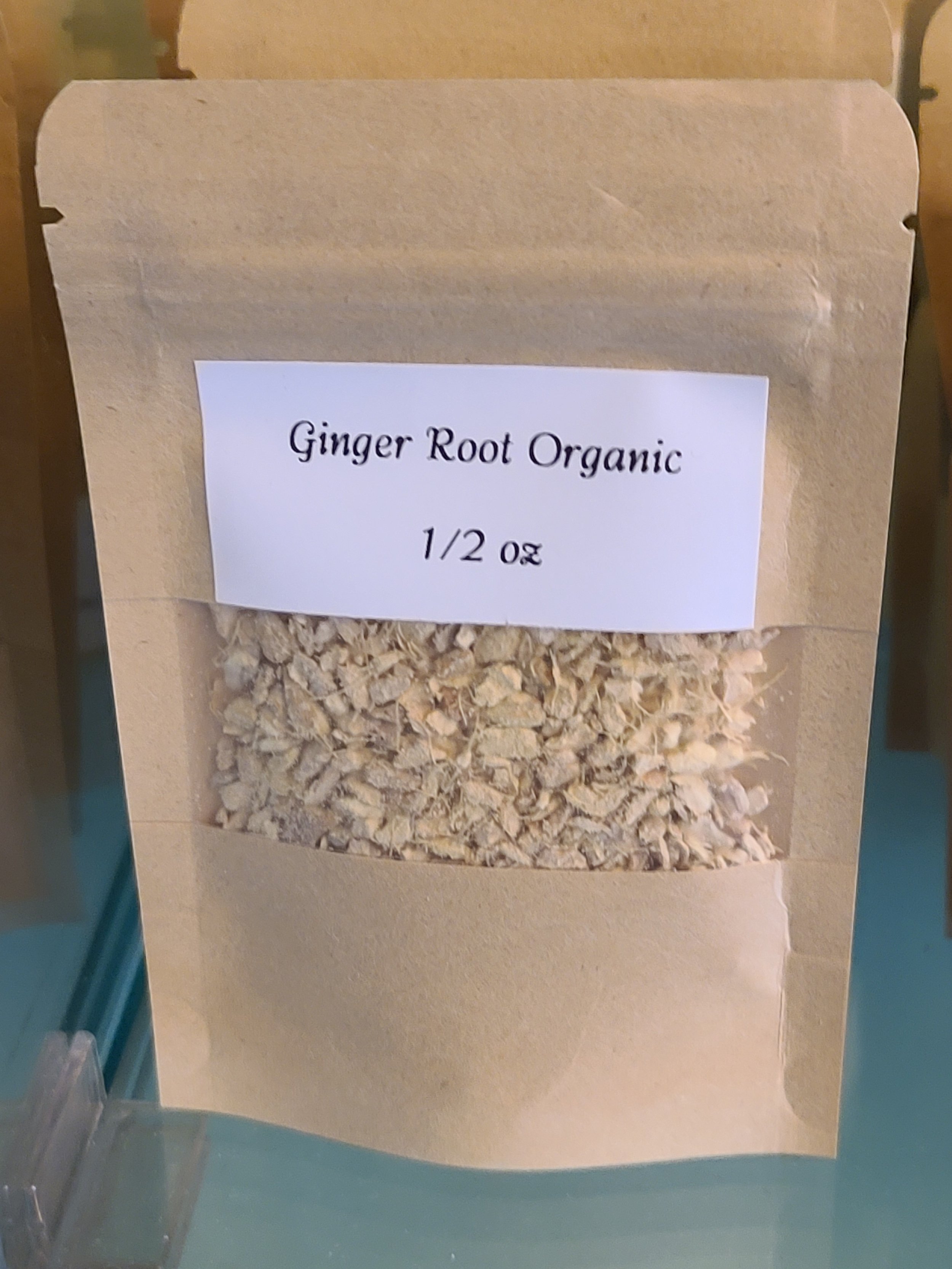Skullcap Organic
Skullcap is a hardy perennial found near marshes, meadows, and other wetland habitats. Like the environment it grows in, skullcap herb has been known to instill a sense of gentle calm. Historically, it has been used in traditional folk practices to promote wellbeing and relaxation during times of occasional distress. Scutellaria lateriflora makes a wonderful evening infusion of skullcap tea and is commonly macerated as skullcap tincture.
Skullcap is an herbaceous perennial mint with ridged leaves and tiny flowers that can range in color from purple and blue to pink and white. The two-lobed flowers resemble the military helmets worn by early European settlers, hence the herb's name. A hardy plant, it grows 1 to 4 feet (25 cm to 1 m) high, thriving in the woods and swamplands of eastern North America. Settlers in the late 1700's promoted the herb's effectiveness as a cure for rabies, giving rise to one of its common names, mad dog weed. This claim was later discarded, and herbalists began to focus on the plant's considerable value. Skullcap is a comforting herb. It is used to promote emotional well-being and relaxation during times of occasional distress.
Skullcap is a hardy perennial found near marshes, meadows, and other wetland habitats. Like the environment it grows in, skullcap herb has been known to instill a sense of gentle calm. Historically, it has been used in traditional folk practices to promote wellbeing and relaxation during times of occasional distress. Scutellaria lateriflora makes a wonderful evening infusion of skullcap tea and is commonly macerated as skullcap tincture.
Skullcap is an herbaceous perennial mint with ridged leaves and tiny flowers that can range in color from purple and blue to pink and white. The two-lobed flowers resemble the military helmets worn by early European settlers, hence the herb's name. A hardy plant, it grows 1 to 4 feet (25 cm to 1 m) high, thriving in the woods and swamplands of eastern North America. Settlers in the late 1700's promoted the herb's effectiveness as a cure for rabies, giving rise to one of its common names, mad dog weed. This claim was later discarded, and herbalists began to focus on the plant's considerable value. Skullcap is a comforting herb. It is used to promote emotional well-being and relaxation during times of occasional distress.
Skullcap is a hardy perennial found near marshes, meadows, and other wetland habitats. Like the environment it grows in, skullcap herb has been known to instill a sense of gentle calm. Historically, it has been used in traditional folk practices to promote wellbeing and relaxation during times of occasional distress. Scutellaria lateriflora makes a wonderful evening infusion of skullcap tea and is commonly macerated as skullcap tincture.
Skullcap is an herbaceous perennial mint with ridged leaves and tiny flowers that can range in color from purple and blue to pink and white. The two-lobed flowers resemble the military helmets worn by early European settlers, hence the herb's name. A hardy plant, it grows 1 to 4 feet (25 cm to 1 m) high, thriving in the woods and swamplands of eastern North America. Settlers in the late 1700's promoted the herb's effectiveness as a cure for rabies, giving rise to one of its common names, mad dog weed. This claim was later discarded, and herbalists began to focus on the plant's considerable value. Skullcap is a comforting herb. It is used to promote emotional well-being and relaxation during times of occasional distress.
